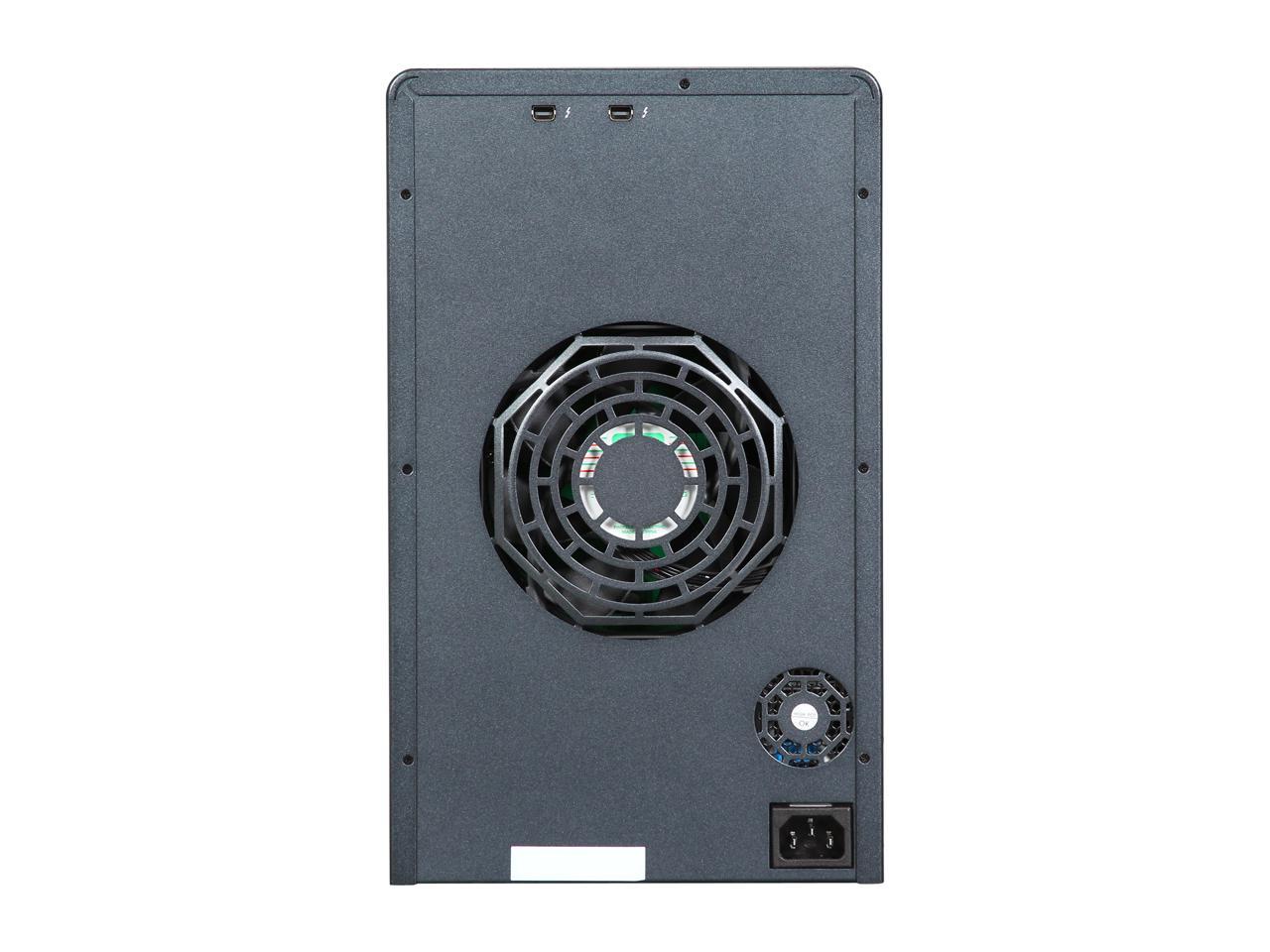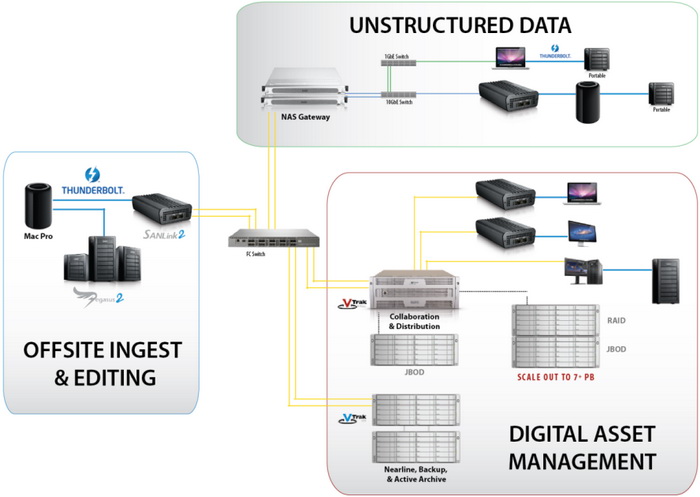

There are several reasons for such choice, and the main one is the presence of the Thunderbolt 2 interface. I've chosen the Apple platform for this test. Apple came up with the support of SMB 3 a bit later, in 2014, with it's MacOs Yosemite 10.10.īut exactly, how fast is SMB 3, compared to the past, and in particular, compared with a local storage? Among many new features and optimisations, a big entry in the list is SMB version 3. This was a major step forward for this protocol, breaking all the limitations of the previous versions, especially the speed, true weak point of the SMB, especially against NFS in 10Gbit environment. The year is 2012 and Microsoft released the new version of Windows Server (named "2012" of course). Until SMB 2.1, it was impossible to squeeze more than 350 MB/s of (stable) performances from a networked storage, unless using the iSCSI or the NFS protocols, able to reach 700-to-800 MB/s over a single 10Gbit ethernet cable. There were fierce competitors among the filesharing protocols. AFP from Apple, and especially NFS by SUN Microsystem were quickly able to gain the upper hand in performances, and this gap became even wider with the advent of 10Gbit ethernet connections, where the SMB protocol was completely outperformed by NFS. From that day on, more and more revisions were developed, adding more features, more speed, and more stability, gaining the support of more and more operative systems.īut SMB wasn't the only fish in the pond. Multiple adjustments were made in order to support the user level security in Windows 95, but it was in 1997, with Windows NT 4.0 SP3, where we can find the true beginning, with SMB 1.0, supported also today by many systems in the whole world. It was the 1993, with Windows for Workgroups 3.11, where Microsoft implemented an early version of this protocol. Intel and Microsoft were both following the development. While Marty McFly was driving his DeLorean to the future, the IBM was writing the beginning of one of the most useful protocols in history. To find the first traces of this protocol, we need to move back our calendar pretty far, in 1985. Every time you access to your files on a NAS storage, a network printer, or a serial interface, SMB is there to help you to achieve connection and transfer of the data you need. The protocol used to share files, printers and serial ports. Server Message Protocol, that's the acronym.

If you used a computer, it doesn't matter if you're a technician or a normal user, at least once in your life you used the SMB protocol, even without knowing it. What is it, and why it's so important in your everyday life.


 0 kommentar(er)
0 kommentar(er)
